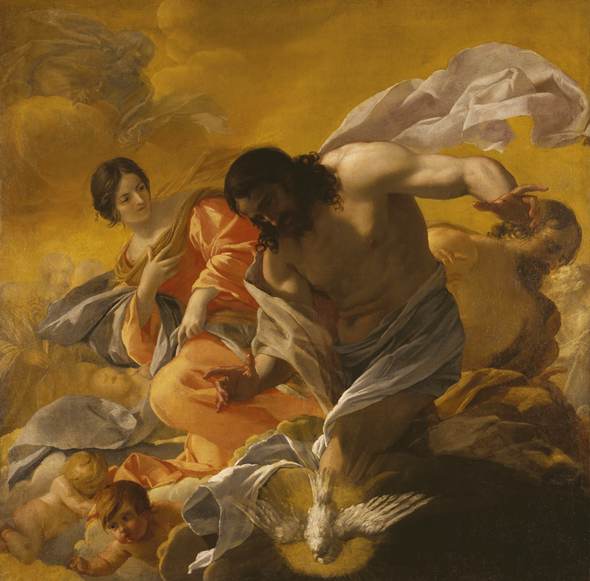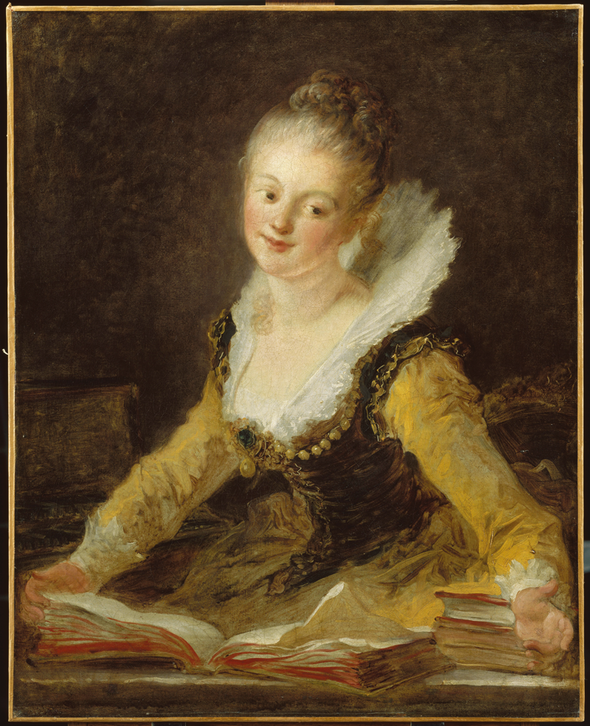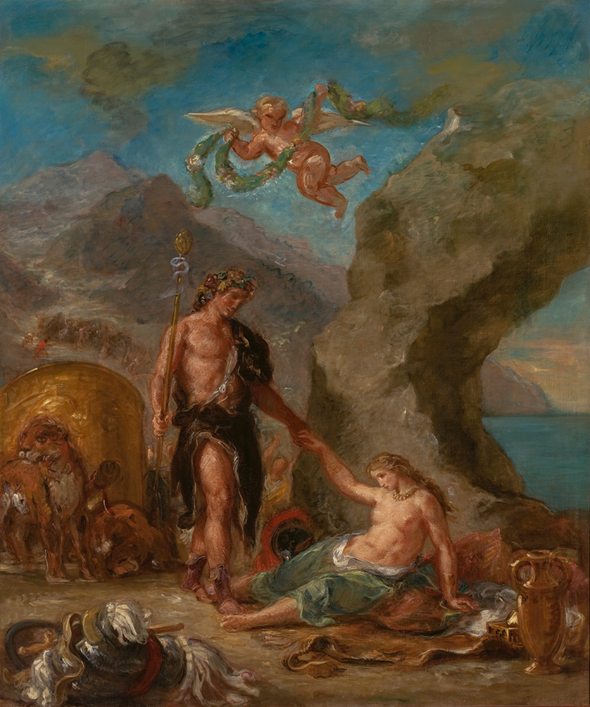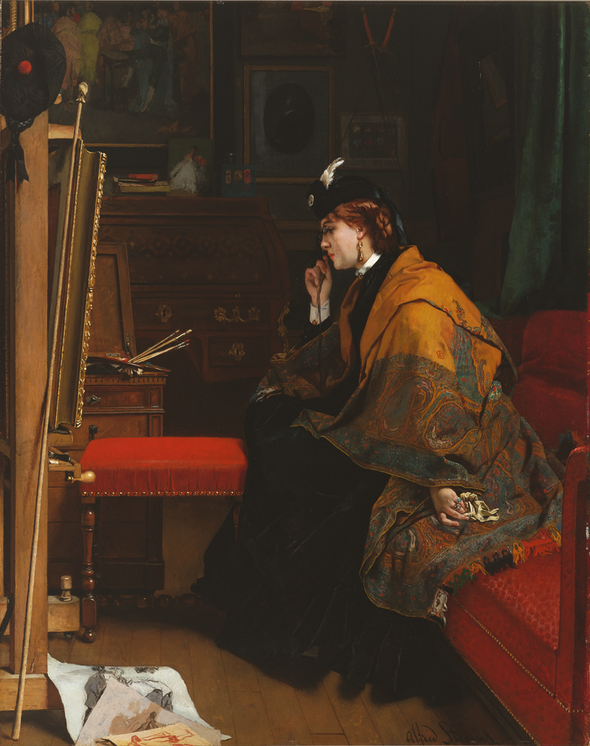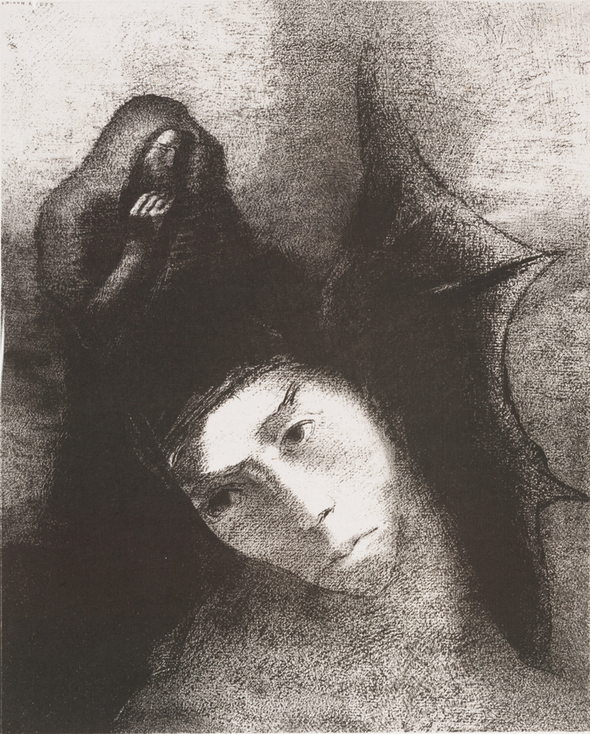By using this website you agree to our Cookie policy
The fine art collections of university museums are diverse, surprising, rich and not as well known as they should be. Although one or two go back a century or more (and the Hunterian Art Gallery in Glasgow has eighteenth-century origins) and were founded on bequests and specific funds, most are of more recent vintage. One, at least, the University of Warwick, became the guardian of a tailor-made collection of modern British art acquired by the Borough of Rugby; another, at the University of Hull, with a focus on the period 1890 to 1940 in British painting and sculpture, was the vision of one man, Malcolm Easton, who also added a valuable documentary section of relevant letters and photographs. With the Barber Institute at the University of Birmingham we move into one of the most absorbing of such collections, with its European focus ranging from ancient art and the Renaissance to Léger and Magritte. The Hatton Gallery in Newcastle-upon-Tyne has a miscellaneous teaching collection but is famous for owning Kurt Schwitters’s Merzbau. The University of Leeds has some of the French and British works collected by its former Vice-Chancellor Sir Michael Sadler (as well as his Kashmir shawls), a superb collection of Camden Town Group works on paper and the fruits of the University’s Gregory Fellows in painting and sculpture. The Sainsbury Centre at the University of East Anglia needs little introduction either for the renown of its building by Norman Foster or its assembly of ancient and non-Western sculpture, modern European works, particularly by Giacometti and Bacon, its Anderson holdings of Art Nouveau and its separately conceived collection of constructivist and abstract art.
In June 1958, at the end of the initial burst of post-War reconstruction
in Munich’s devastated city centre, the first reopened rooms in the
bombed-out Residenz played host to Europäisches Rokoko, one of
the largest Rococo exhibitions ever mounted, with over 850 paintings,
sculptures, prints, furniture and porcelain from around Europe.1 The
choice of subject was significant: Rococo had thrived in Bavaria as in
few other regions of Europe, and a celebration of a style associated
with the former Electorate’s artistic apogee was precisely what people
needed at a time when Munich’s unsavoury recent past still weighed
heavily on the popular imagination. This year Munich returns to the
Rococo in the exhibition Mit Leib und Seele (With Body and Soul) at the Kunsthalle, Munich
(to 12th April), where the confident twenty-first-century city
celebrates Bavarian Rococo more specifically and, although it
incorporates only 122 objects – mostly sculptures – their massiveness
and dramatic presentation give the impression that the show is much
bigger. Many are life-sized or larger; some tower above us from
pedestals while others, suspended from cables, seem to leap through the
air (Fig.63). There is even a magic sleigh: Johann Baptist Straub’s
fairy-tale conveyance for the Elector’s winter entertainments is driven
by the goddess Diana in Roman hunter’s garb and led by a horn-blowing
putto (c.1740; cat. no.29; Fig.65). For someone with a weakness for
Rococo it is
like being a child in a sweet shop.
